
Developer: Square Enix
Publisher: Square Enix
Platform: Switch,
Tested on: Switch
Dragon Quest Treasures – Review
With over three decades and countless games behind it, the Dragon Quest series is a JRPG mainstay. It’s perhaps a bit surprising then, that this is this reviewer’s first experience with the long-running series, especially since it has been on our radar in one way or another. It was perhaps inevitable that we’d end up taking a look at a Dragon Quest title. That title ended up being the Switch-exclusive Dragon Quest Treasures. As luck would have it, this title was designed as somewhat of an entry point for newcomers to the series. Is this a treasure worth digging up or should you seek your next adventure elsewhere?
Story
The opening scene introduces us to our protagonists, siblings Erik and Mia, who were taken in by a rowdy band of Vikings after they were orphaned. These Vikings have captured two mystical creatures, the pig-like Porcus and the cat-like Purrsula, which are supposed to lead the Norsemen to treasure. Through a series of unexpected events, Erik and Mia end up freeing Porcus and Purrsula. Forced to flee from the Vikings, our protagonist pair and their mystical companions end up in an alternate universe, known as Draconia. Here, Porcus and Purrsula explain that they were sent by the gods and are tasked with tracking down the seven Dragon Stones. Having witnessed Erik and Mia’s act of defiance against the Vikings, the mystical creatures choose the siblings as their champions and gift them special daggers that will help with finding not just the stones, but other treasures as well. Naturally, our loot-obsessed duo enthusiastically agrees, and so an adventure filled with monsters, pirates and treasure awaits!
Graphics
Akira Toriyama’s distinct visual style has been shown to translate well into video games, and Dragon Quest Treasures is no exception. Being a Switch-exclusive, the game was also designed with the hardware’s limitations in mind, and the result is a game that looks and performs great visually. Draconia is inhabited by a wide variety of creatures, although we did feel like having most of the available species be recolors of other monsters was a bit of a cop-out. That said, there is still plenty of visual variety here, particularly in the different environments. These look rather simplistic, lacking elaborate textures or realistic details, but this ties into the overall aesthetics. This is a game that doesn’t go for a realistic art style, but manages to still be appealing and vibrant with its overall visual presentation. The fluid animations and consistent frame rate help as well.
Sound
For longtime fans of the series, listening to Dragon Quest Treasures’ soundtrack is likely going to be a bit of a bittersweet experience. This is one of the final works of series composer Kôichi Sugiyama, as he passed away last year. The music composed for Dragon Quest Treasures doesn’t represent his final goodbye, as he also worked on the upcoming Dragon Quest XII. Dragon Quest Treasures’ soundtrack itself encapsulates the cheerful and laid-back atmosphere that the game exudes. Dragon Quest Treasures also features two voice tracks, one in Japanese and one in English. We went with English voices for our playthrough, as the voice cast included the likes of Xenoblade Chronicles 3’s Mack Keith Roach and Bravely Default II’s Adam Diggle. The performances were admirable and really helped to add some much-needed depth to the otherwise relatively simplistic characters.
Gameplay
With Dragon Quest Treasures, Square Enix’s long-running series seems poised to attract a younger audience, as this is one of the most accessible JRPGs we’ve seen in years. That’s not necessarily a bad thing either, because although Dragon Quest Treasures’ gameplay can’t hold a candle to titles like Final Fantasy or Bravely Default, we haven’t quite seen a game that can act like a gateway for newcomers to get hooked on the genre in the same way. The result is a wonderful little JRPG even though genre veterans might be turned off by how shallow the game is in terms of strategy and how low the level of challenge is. This also translates into a plot that feels fairly small in scope as it plays out. As we don’t have any prior experience with the Dragon Quest universe, however, it’s difficult to tell whether this is something that is to be expected within the series.
As the title implies, Dragon Quest Treasures lays a huge emphasis on hunting for treasure, to the point that the game’s tutorial tackles this gameplay aspect before fundamentals like combat are covered. In fact, combat against non-boss enemies seems like a bit of an afterthought. Throughout your quest, you’ll recruit monsters, and these will do most of the fighting for you. When you do need to get stuck in combat yourself, you’ll find that mindlessly spamming your dagger attack will be enough to take down most foes. Given Square Enix’s penchant for elaborate combat systems, we couldn’t help but feel a little underwhelmed by this, although the upside is that the game isn’t slowed down by lengthy and grindy combat sequences. Dragon Quest Treasures’ tactical depth is limited by which monsters you decide to recruit into your treasure-hunting party. This doesn’t just apply to combat but also to exploring the vast world as each monster has its own so-called Forte, an ability that allows you to explore different areas, akin to Pokémon’s HM’s.
In order to recruit a monster, you’ll need to defeat it and hope that it requests to join your party when you return to your base. Of course, this is easier said than done, as you can’t just simply agree and be done. The monster will first ask that you give it specific items during a so-called scouting process. If you do so, however, you’ll gain a valuable asset to your party. Monsters aren’t just useful for combat or exploration, but they are the key to finding treasures as well. Once you’re in an area where a treasure is hidden, you’ll need to rely on the monster vision of your companions to pinpoint where you need to dig for it. A particularly nice touch is that this monster vision is more than simply “X marks the spot”: you’ll get a snapshot of the exact location where the treasure is, though the image is often rendered as how the monster in question literally sees it. This means that you’ll get your clue in black and white or in ‘heat vision’, for example. It’s a fun little touch that prevents the treasure-seeking mechanic from becoming too repetitive.
The game is structured around a hub-like “base” area, where you can rearrange your party, switch which protagonist you are playing as, and choose which biome you’d like to explore. Up to three monsters can join you at the same time, and you’ll need to mix and match Fortes if you’re going to sniff out everything that is hidden across the five biomes, including those Dragon Stones. You’ll also have to keep an eye out for encounters with rival treasure-hunting parties, which take on the form of random encounters. Rival gangs will try to steal your treasure from your base, and while this seems like a unique way to flesh out the gameplay in theory, in practice it turns out to be an annoyance that takes the flow out of the game. Boss battles are a bit more engaging and were one of the few instances where it felt like Mia or Erik really made a difference in combat effectiveness.
Lack of challenge notwithstanding, Dragon Quest Treasures feels like a fairly complete and extensive package. There are a lot of systems and mechanics to juggle, but because these are explained thoroughly and none of these are particularly deep, the game never feels overwhelming. Playing through the main story should take most players upwards of thirty hours. Given Dragon Quest Treasures’ target audience, it’s perhaps interesting to note that many of the available treasures reference older titles in the series, such as character models from previous games. Many of these references will be lost on series newbies, and series veterans might feel that Dragon Quest Treasures feels lacking compared to some of the meatier entries in the franchise. It’s still a choice we can get behind though, as it’s definitely more appealing than simply having generic treasures. Die-hard fans of the series will likely gobble this title up anyway, but then again, they probably don’t need convincing to give the game a chance.
Conclusion
Having spent our fair share of time in Draconia, we’re still a bit on the fence as to whether or not Dragon Quest Treasures is a title we’d recommend. It really depends on what segment of the game’s potential audience you belong to. If the aim was to create a JRPG for a younger audience, then it succeeds, but what is being offered here is going to feel too shallow and doesn’t offer enough challenge for most seasoned gamers. If you’re a parent looking for a way to get your offspring into JRPGs, then there’s a good chance that Dragon Quest Treasures will be a hit though.
Dragon Quest Treasures - Review,3 Comments
Leave a Reply
You must be logged in to post a comment.

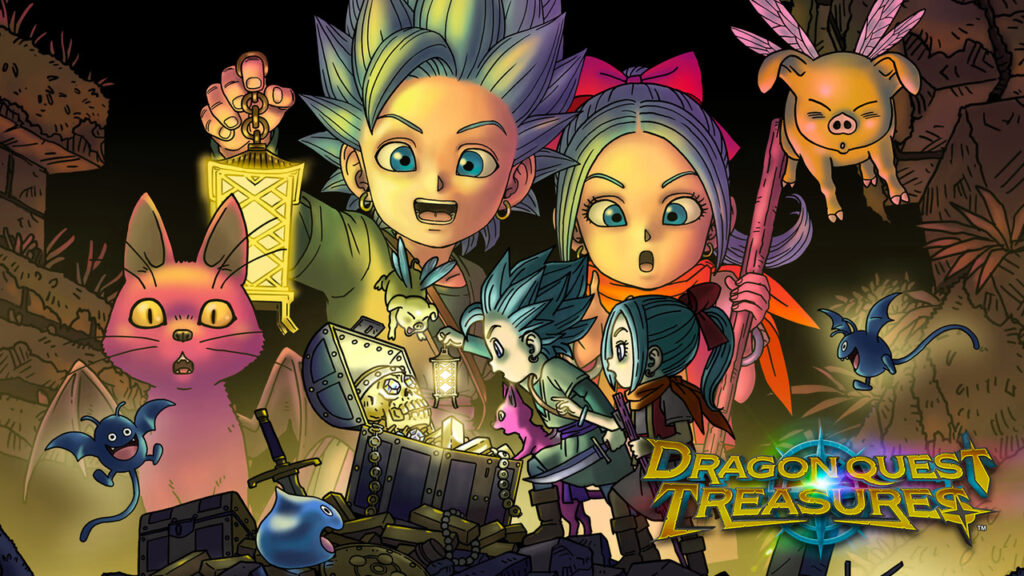
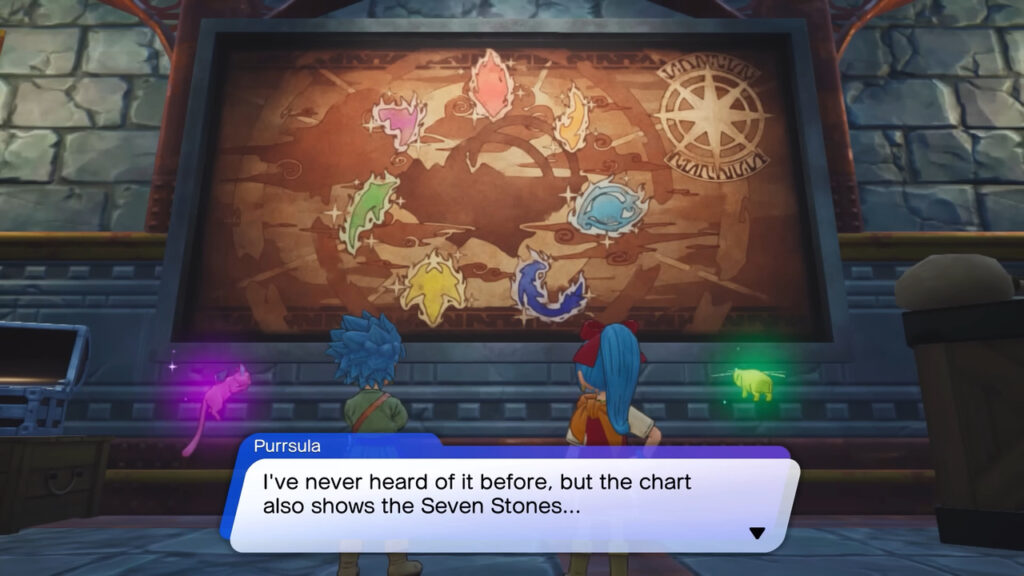
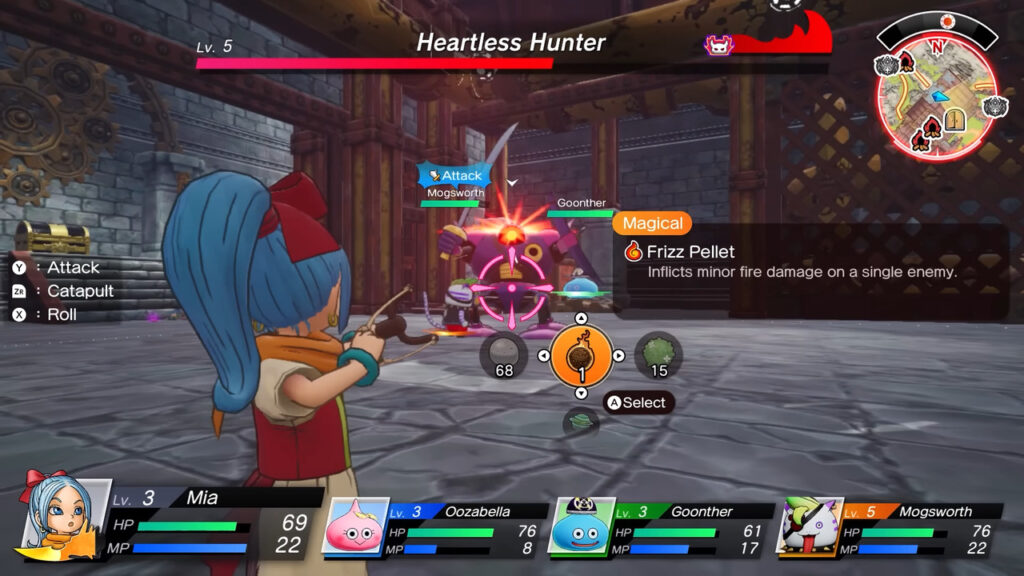
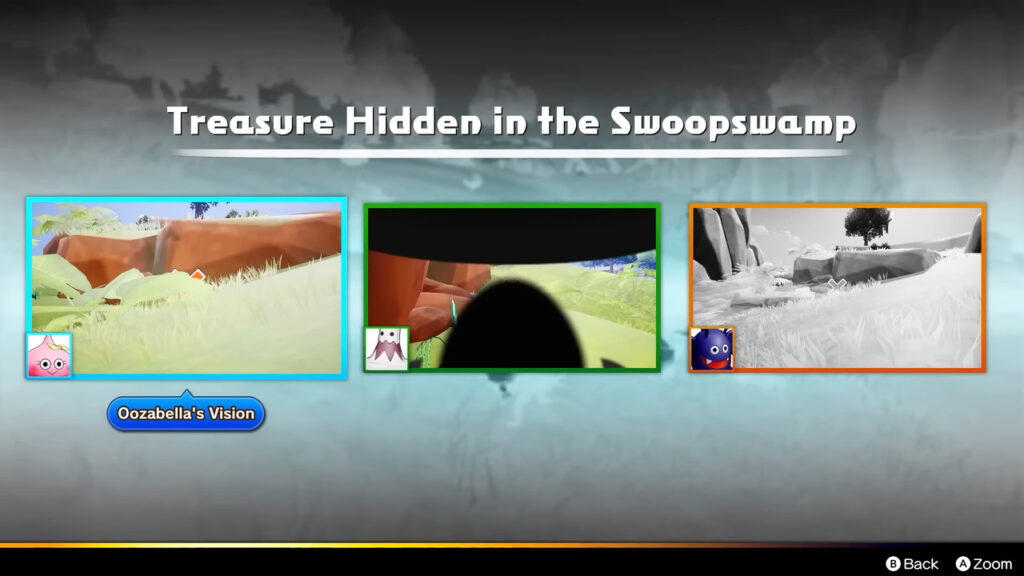
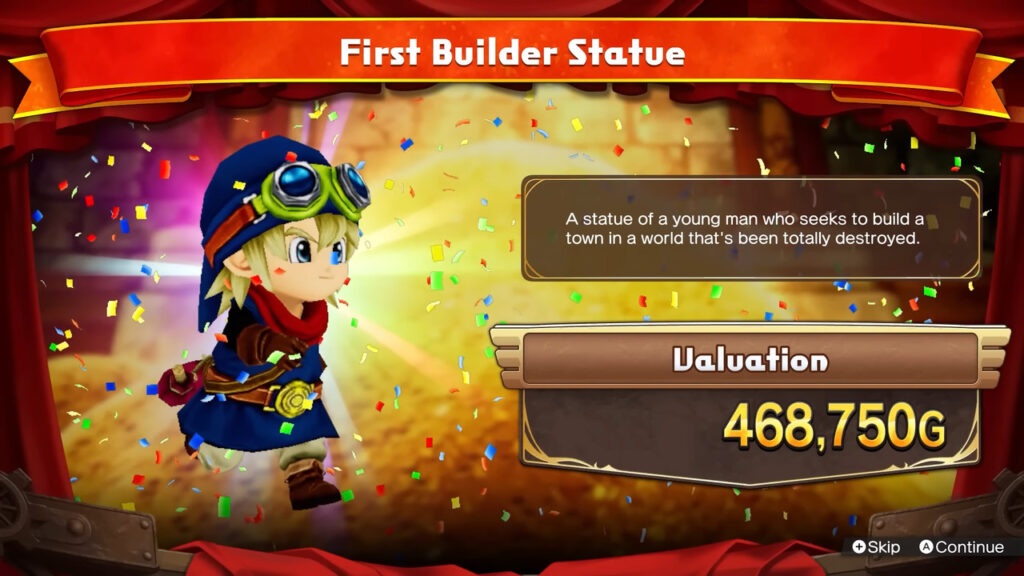


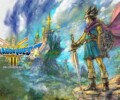
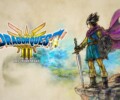
[…] schedule for the last months of 2022 may have been incredibly packed, with heavy hitters like Dragon Quest Treasures and Romancing Saga – Minstrel Song- Remastered, but the company decided to end the year with […]
[…] visual style can translate fantastically into video game graphics, as we’ve recently seen in Dragon Quest Treasures, as well as the smorgasbord of other Dragon Ball games. The Breakers is clearly recognizable as a […]
[…] released on Switch and reviewed by us here, Dragon Quest Treasures is an entry in the famous Dragon Quest JRPG series that focuses on sibling […]